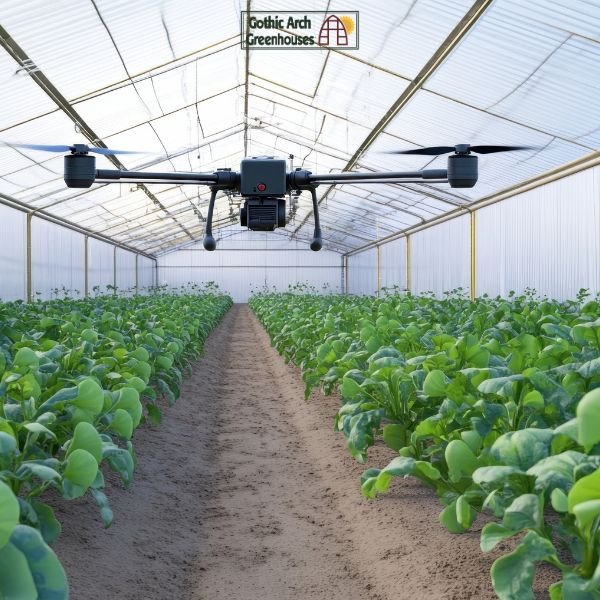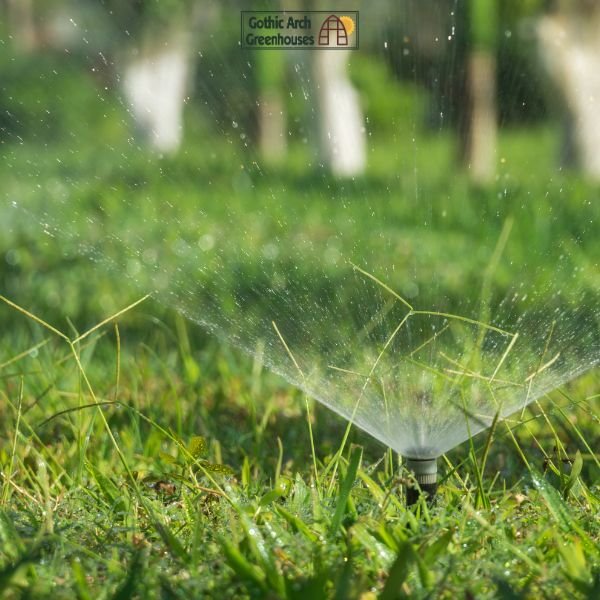Position Your Operation at the Forefront of Agricultural Technology The global smart greenhouse market is projected to grow from $3.04 billion in 2025 to $4.59 billion by 2030, driven by the convergence of IoT, AI, and sustainable growing practices. Forward-thinking growers who adopt these technologies now will establish market leadership and operational excellence for years to come. IoT sensors and AI monitoring systems are transforming how we manage greenhouse environments, creating unprecedented efficiency and yield optimization. Start with a phased approach: environmental sensors first, then automation controls, and finally AI analytics. Explore our smart greenhouse starter kits designed for seamless integration. Advanced integrated pest management (IPM) moves beyond chemicals to sustainable biological solutions that protect crops and ecosystems. Begin with a pest audit and introduce compatible beneficial insects. Our biological control consultants can design a custom IPM program for your operation. Sustainable water practices combined with precision technology are reducing consumption while improving plant health and yield. Start with a water audit and install smart meters. Rainwater harvesting systems can be integrated with existing irrigation systems for immediate water savings. Next-generation energy systems are reducing operational costs while minimizing environmental impact. Conduct an energy audit and prioritize high-return investments, such as LED lighting. Our energy consultants can help identify the best solutions for your climate and crop types. Evaluate your current infrastructure, identify technology gaps, and develop a strategic implementation plan with clear ROI targets. Start with a controlled pilot project to test technologies, train staff, and measure results before full-scale deployment. Scale successful technologies across your entire operation, integrating systems for maximum efficiency and data insights. Are smart greenhouses expensive to set up? Do smart greenhouses work in cold climates? Can smart greenhouses grow organic food? Do smart greenhouses require internet access? How long does it take to see ROI? Is smart greenhouse farming sustainable? The Smart Greenhouse Revolution is reshaping the future of agriculture. By combining automation, AI, IoT sensors, and sustainable design, smart greenhouses deliver higher yields, reduce resource usage, and make farming more resilient. Whether you're a commercial farmer or a hobbyist grower, embracing innovative greenhouse technology can unlock new opportunities and help feed the world responsibly. Position your operation at the forefront of agricultural technology with our expert guidance and cutting-edge solutions. Schedule a consultation to develop your customized technology roadmap for 2026 and beyond.
2026 Technology Forecast: The Smart Greenhouse Revolution
Where Technology Meets Horticulture
Key Trends Shaping 2026
1. Smart Greenhouse Automation

Core Technologies:
Implementation Strategy:
2. Biological Pest Control Systems

Innovation Highlights:
Implementation Strategy:
3. Advanced Water Management

Key Technologies:
Implementation Strategy:
4. Energy Optimization & Renewables

Innovation Highlights:
Implementation Strategy:
Market Outlook & Growth Projections
Implementation Roadmap for 2026
Phase 1: Assessment & Planning
Phase 2: Pilot Implementation
Phase 3: Full Integration
FAQs About The Smart Greenhouse Revolution
Costs vary, but starter kits are increasingly affordable.
Yes—climate control systems ensure stable growing conditions year-round.
Absolutely! Technology enhances natural growing processes.
Many systems work offline but benefit from internet-enabled data logging.
Most farmers report improved yield and savings within 1–3 years.
Yes—it saves water, reduces waste, and increases efficiency.Ready to Lead the 2026 Greenhouse Revolution?
Catch the Sunshine!
You have no items in your shopping cart.
Blog archive
- 2025
- 2024
- 2023
- 2022
- 2021
- 2020
- 2019
- 2018
- 2017
- 2016
- 2015
- 2014
- 2013
- 2012
- 2010
2026 Tech Forecast: The Smart Greenhouse Revolution
Sunday, November 23, 2025
